Setting up a direct debit for your utility bills can make managing your monthly expenses a breeze. It's a straightforward process that not only saves you time but also helps prevent those pesky late fees. Imagine never having to remember payment dates again! If you're ready to simplify your life, read on to learn how to set up your utility direct debit easily.

Account Information
Establishing a utility direct debit setup requires precise account information to ensure smooth transactions. Key details include the account holder's name, typically matching identification documents (such as a driver's license or passport), which enhances security. The bank account number, commonly a 10 to 14-digit unique identifier assigned by financial institutions, is crucial for direct debit processing. Additionally, the sort code, a six-digit number used primarily in the United Kingdom to identify individual banks, is necessary to route payments correctly. Providing an email address for communication is also advantageous, facilitating notifications regarding payment confirmations or any changes in billing. Accurate submission of this information ensures timely payments for services such as electricity, water, and gas, minimizing the risk of arrears or service disruptions.
Authorization Details
Direct debit authorization allows for automatic payment arrangements for utility services, such as electricity or water, ensuring timely bill settlements. By providing authorization details, account holders enable utility providers to withdraw specified amounts periodically, usually on a monthly basis. Key details include bank account information, such as the account number and sort code, and the service provider's unique reference number for account identification. This streamlined process minimizes late fees, enhances budgeting efficiency, and ensures uninterrupted utility services for households or businesses. Additionally, it is crucial to keep all personal and bank information secure to prevent unauthorized transactions and safeguard financial health.
Payment Frequency
Setting up a direct debit for utility payments ensures convenience and promptness in managing bills. Typically, the payment frequency for utilities like electricity, water, and gas is established on a monthly basis, allowing customers to align their budget with regular billing cycles. For example, a utility company might charge an average monthly fee of $100, directly deducted from the customer's bank account on a specific date each month, like the 5th. This approach minimizes the risk of late payments and potential service interruptions, enhancing customer satisfaction and financial planning. Moreover, the direct debit system often provides a clear overview of total annual utility costs, averaging around $1,200 for consistent budgeting purposes.
Contact Information
Setting up a utility direct debit requires essential contact information such as the name of the account holder (usually the person responsible for the utility payments), the utility provider's name (such as Electricity Company or Water Works), bank account number (typically a unique identification for the financial institution), and sort code (the number identifying the specific bank branch). Additionally, providing the billing address helps ensure proper account linkage, while including an email address facilitates timely communication regarding payment confirmations or changes. Clear documentation of the direct debit mandate date ensures compliance with the banking regulations tied to automated payments.
Signature and Date
Setting up a direct debit for utility payments ensures timely bill settlement and avoids late fees. The process generally requires a signed authorization form, indicating consent to withdraw funds from a bank account. Required information typically includes the name of the utility provider (for example, Thames Water or British Gas), account number, bank details (such as sort code and account number), and the signature of the account holder. Including the date of signing is essential to confirm the initiation of the agreement, marking the beginning of direct withdrawals. Ensuring accuracy in these details is crucial to establish a seamless payment schedule.


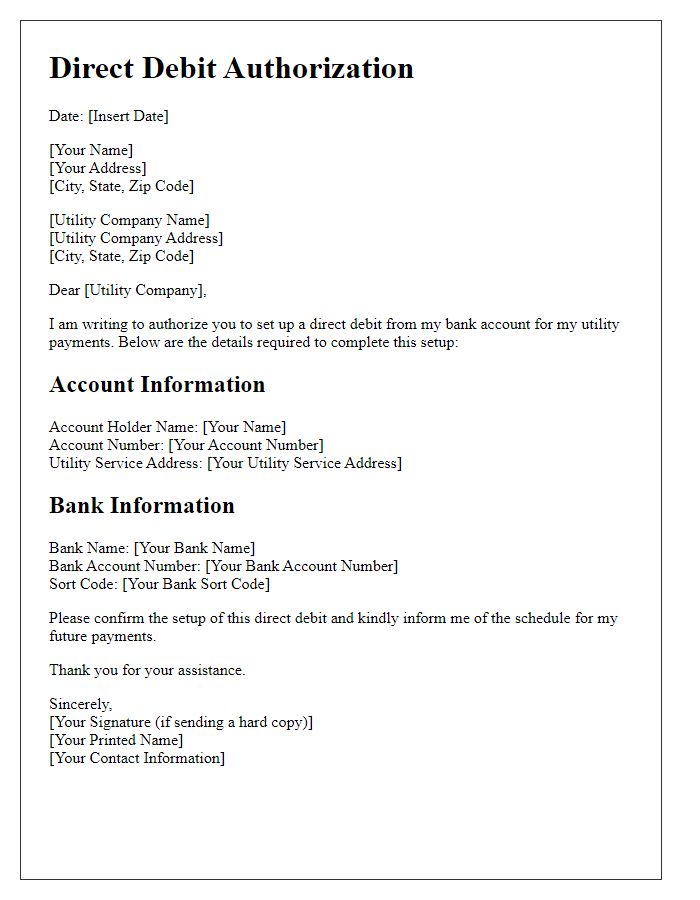
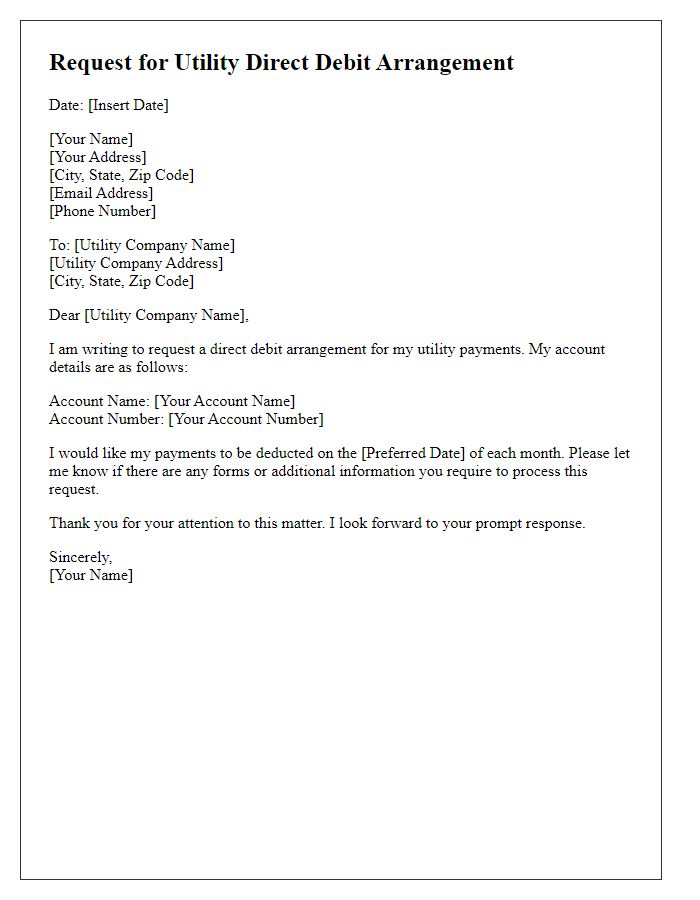
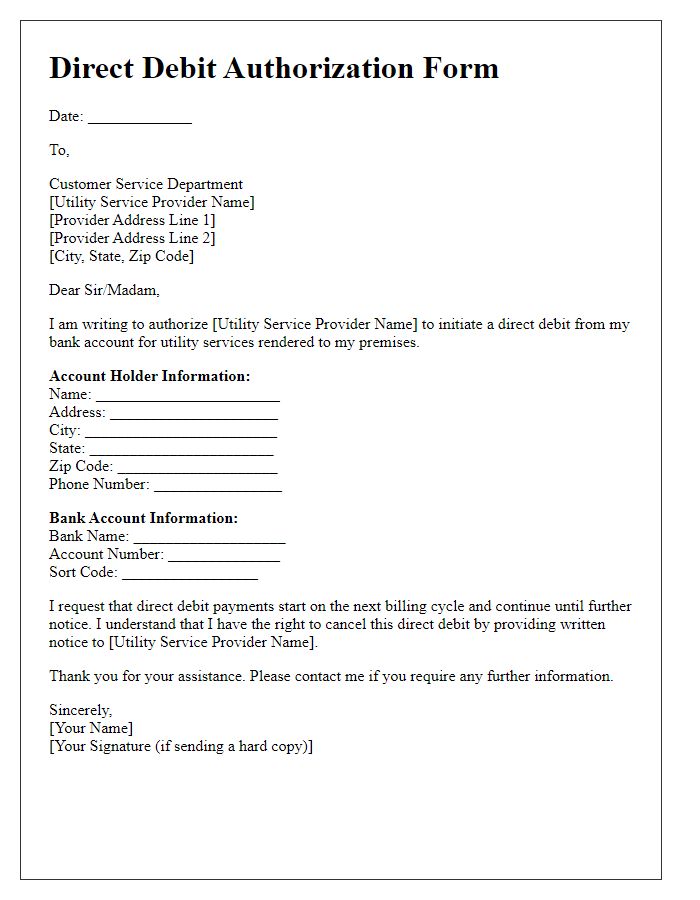

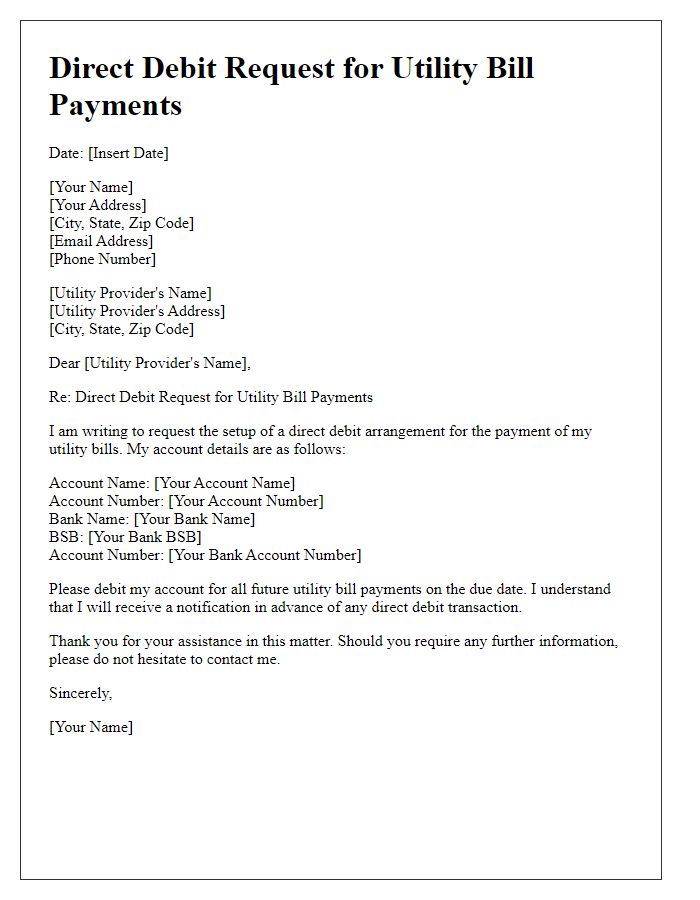
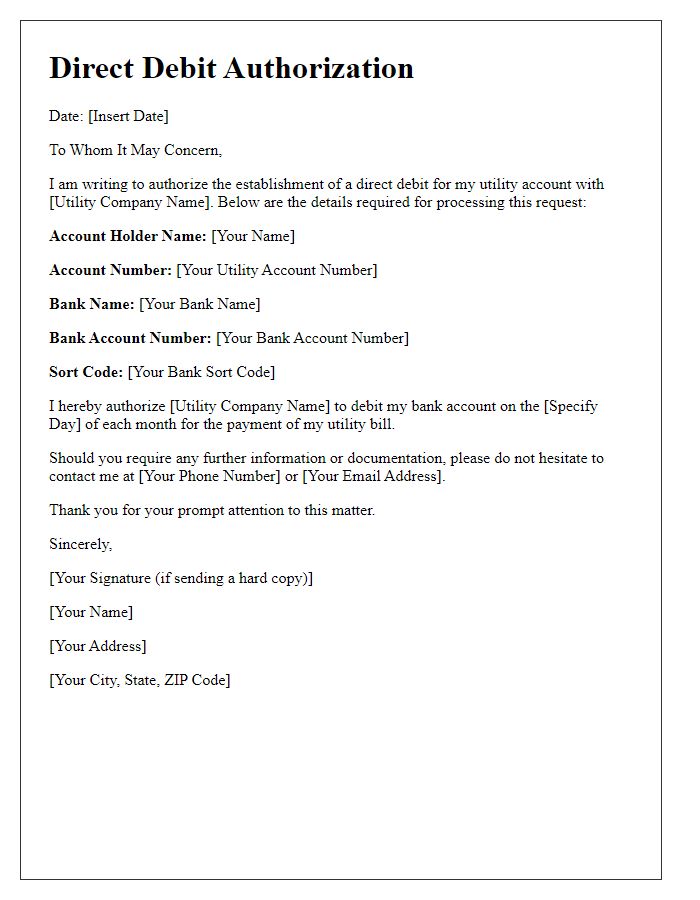
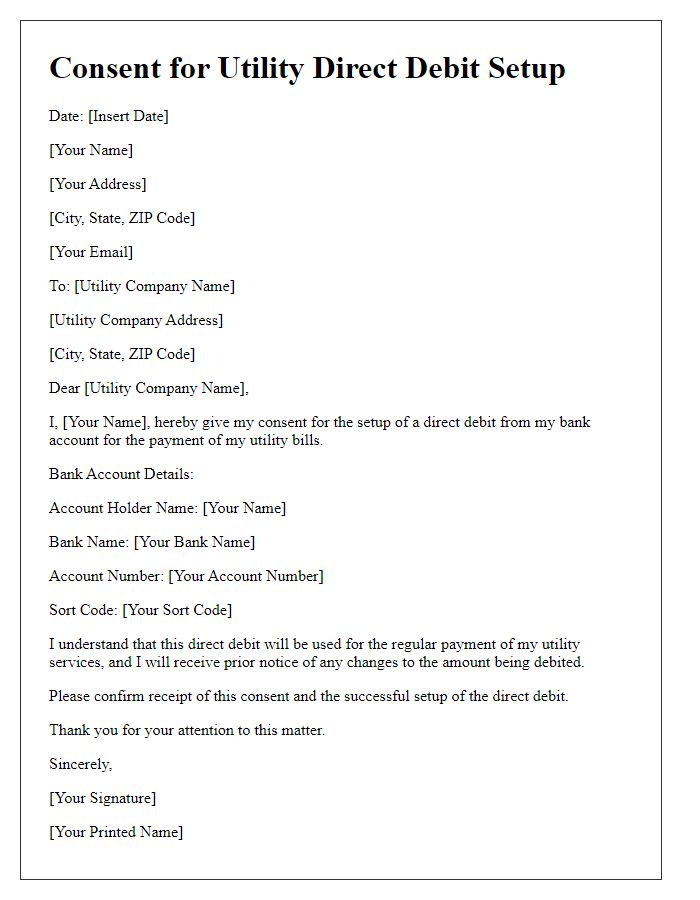
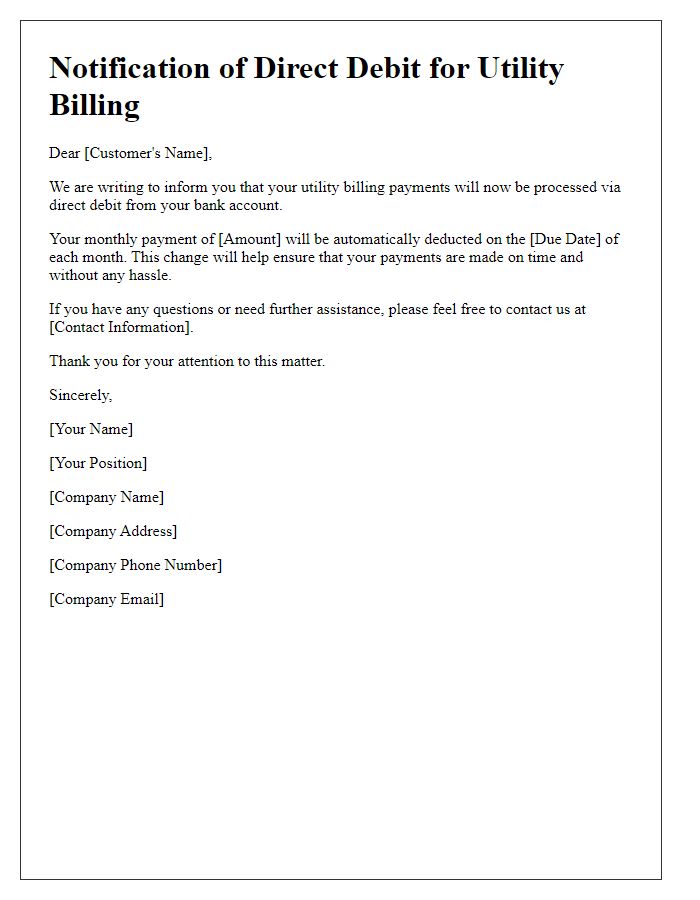
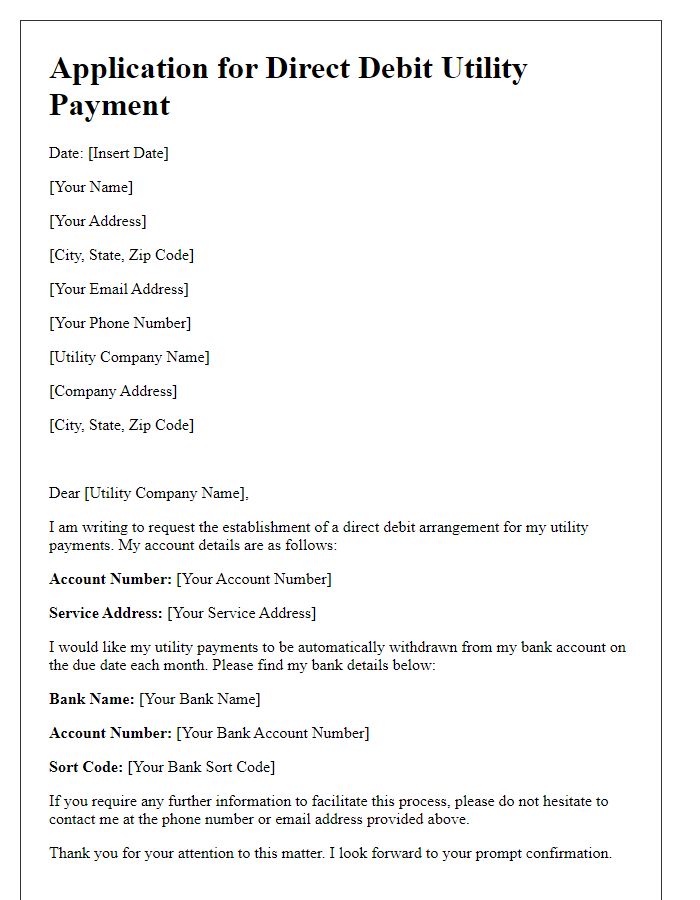




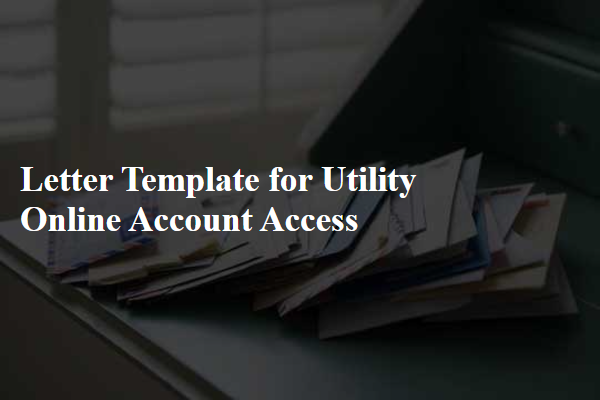
Comments